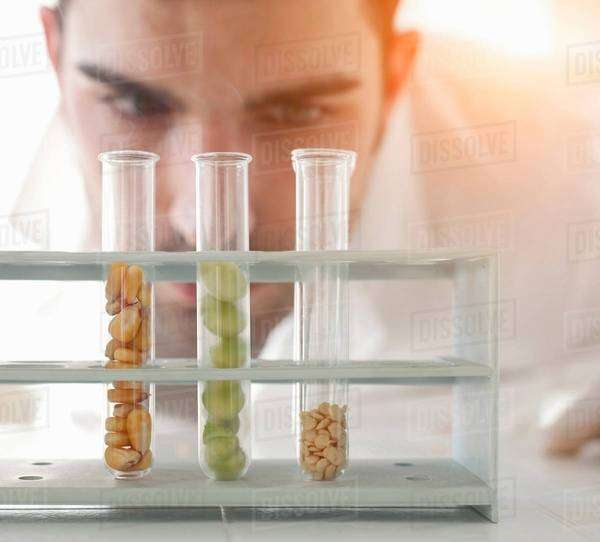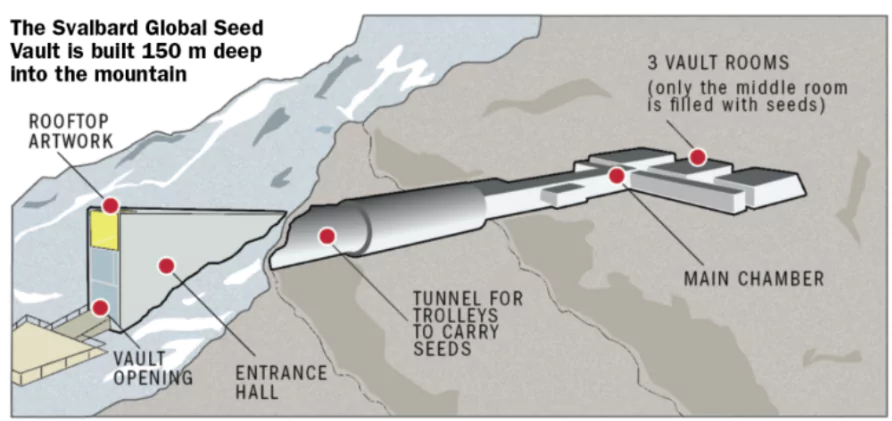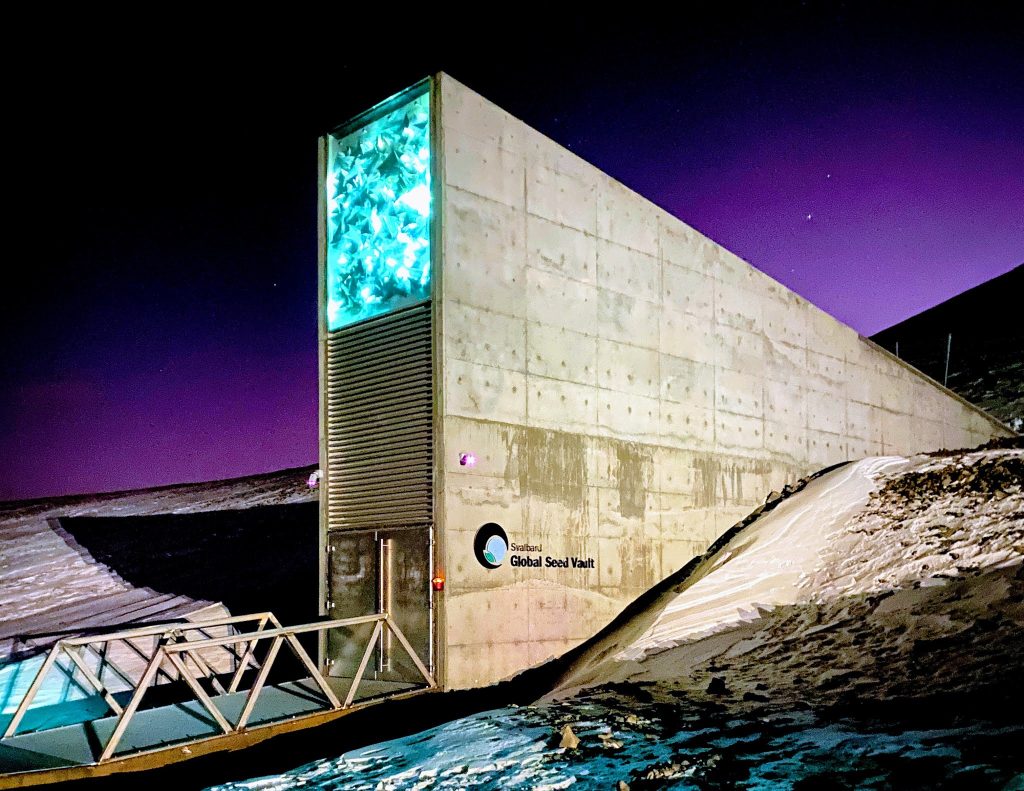The Svalbard Global Seed Vault, often referred to as the “doomsday vault,” is a remarkable facility that has captured global attention for its mission of preserving the world’s agricultural biodiversity. Located in a remote part of Norway, this seed bank is more than just a storage unit—it’s a critical safeguard against the loss of crop diversity due to climate change, war, and other potential crises. As the United States continues to grapple with environmental and agricultural challenges, understanding the importance of the Svalbard Global Seed Vault becomes increasingly relevant.
In this article, we will explore what the Svalbard Global Seed Vault is, how it works, and why it matters—not just for scientists and farmers, but for all of humanity.
The Origins of the Svalbard Global Seed Vault
The idea of creating a global seed vault was first conceived in the 1980s by Cary Fowler, a scientist and conservationist who has spent decades advocating for the preservation of crop diversity. Fowler, along with other experts, recognized the growing threat to agricultural biodiversity and the need for a secure backup system.
The concept gained momentum in the early 2000s, leading to the establishment of the Svalbard Global Seed Vault in 2008. The location was chosen for its unique natural advantages, including the permafrost that keeps temperatures consistently low, making it ideal for long-term seed storage.
How the Seed Vault Works

The Svalbard Global Seed Vault is located inside a mountain on the Norwegian island of Spitsbergen, deep in the Arctic. Its design ensures that even if power fails or mechanical systems malfunction, the seeds remain protected due to the naturally cold environment.
Seeds are stored in sealed, triple-ply foil packages and placed in boxes on shelves within the vault. The temperature is maintained at -18°C (0°F), which significantly slows down the metabolic activity of the seeds, keeping them viable for decades or even centuries.
This method of storage is crucial because many of the seeds stored in the vault are not currently being grown by farmers. These are rare or endangered varieties that may be lost forever if not preserved.
Why the Svalbard Seed Vault Matters

The significance of the Svalbard Global Seed Vault lies in its role as a backup for the world’s seed banks. There are over 1,700 genebanks worldwide, but they are vulnerable to various threats such as war, natural disasters, and equipment failures. The Seed Vault acts as a safety net, ensuring that if one of these facilities is destroyed, the seeds can be retrieved from Svalbard.
For example, in 2015, during the Syrian civil war, the International Center for Agricultural Research in the Dry Areas (ICARDA) had to withdraw seeds from the Svalbard Global Seed Vault to replace those lost in a damaged genebank near Aleppo. This event highlighted the vault’s critical role in preserving genetic resources for future generations.
Addressing Misconceptions About the Seed Vault
Despite its noble purpose, the Svalbard Global Seed Vault has faced some misconceptions and conspiracy theories. Some people have accused it of benefiting large corporations like Monsanto or individuals such as Bill Gates. However, these claims are unfounded.
Cary Fowler, one of the key figures behind the Seed Vault, has repeatedly emphasized that the facility was created to conserve biodiversity, not to promote monoculture or corporate interests. The seeds stored in the vault are owned by the countries or institutions that deposited them, and access is strictly controlled. No external entity, including Monsanto or Bill Gates, has ever accessed or controlled the seeds.
The Role of the Svalbard Seed Vault in Agriculture and Science

While the Svalbard Global Seed Vault is not intended for direct use by farmers or gardeners, it plays a vital role in plant breeding and scientific research. Scientists and breeders use the seeds stored in the vault to develop new crop varieties that are more resilient to pests, diseases, and changing climatic conditions.
This is particularly important in the context of climate change, where traditional crops may no longer thrive in certain regions. By preserving a wide range of genetic material, the Seed Vault helps ensure that future generations have the tools needed to adapt to environmental challenges.
Additionally, the Seed Vault serves as a repository for historical plant species. In the United States, for instance, an estimated 90% of historic fruit and vegetable varieties have disappeared. The Seed Vault helps protect these lost varieties for future research and cultivation.
The Capacity and Diversity of the Seed Vault

The Svalbard Global Seed Vault is designed to store up to 4.5 million different crop varieties, with each variety containing around 500 seeds. This means the vault could hold as many as 2.5 billion seeds in total.
As of now, the vault holds over 860,000 seed samples, representing a vast array of crops from nearly every country in the world. These include not only common staples like rice and wheat but also less familiar varieties such as “cheesytoes,” “Asian pigeonwings,” and “zombie pea.”
This diversity is essential for maintaining the genetic resilience of our food systems. By preserving a wide range of genetic material, the Seed Vault ensures that future generations have access to a broad spectrum of traits that can be used to improve crop yields and sustainability.
Donations and Seed Retrieval Policies
The Svalbard Global Seed Vault operates under strict guidelines regarding donations and seed retrieval. Only seeds that are part of the Multilateral System—part of an international treaty on food resources—are accepted. This ensures that the seeds donated are freely available for research and breeding purposes.
Furthermore, the seeds stored in the vault remain the property of the depositor. This means that only the original donor can request access to their seeds, and any retrieval must be approved by the appropriate authorities.
These policies help maintain the integrity and security of the Seed Vault while ensuring that the seeds are used for the benefit of global agriculture and biodiversity.
The Future of the Svalbard Global Seed Vault
As the world faces increasing environmental and agricultural challenges, the Svalbard Global Seed Vault remains a critical asset in the fight to preserve biodiversity. Its role in protecting the genetic heritage of crops is more important than ever.
Looking ahead, the Seed Vault will continue to serve as a backup for global seed banks and a resource for scientific research. With ongoing efforts to expand its collection and improve its operations, the Svalbard Global Seed Vault is poised to play a vital role in securing the future of agriculture.
Conclusion
The Svalbard Global Seed Vault is more than just a storage facility—it is a symbol of humanity’s commitment to preserving the diversity of our food systems. As the United States and the world face the challenges of climate change, population growth, and food insecurity, the importance of the Seed Vault cannot be overstated.
By safeguarding the genetic material of crops, the Svalbard Global Seed Vault ensures that future generations have the tools needed to adapt, innovate, and thrive. Whether you’re a farmer, a scientist, or simply a concerned citizen, understanding the role of the Svalbard Global Seed Vault is essential in today’s rapidly changing world.
Stay updated with the latest news and insights on global issues by following the US Trending News.
Author: John Smith
Title/Role: Environmental Journalist
Credentials: John Smith is a seasoned journalist with over a decade of experience covering environmental and agricultural issues. He has written extensively on topics such as climate change, biodiversity, and sustainable agriculture.
Profile Link: www.johnsmithenvironmentalnews.com
Sources:
– Global Crop Diversity Trust
– Svalbard Global Seed Vault
– Food and Agriculture Organization of the United Nations
Related Articles:
– Understanding the Importance of Biodiversity in Agriculture
– How Climate Change is Impacting Global Food Security
– The Role of Seed Banks in Preserving Crop Diversity
Call to Action:
Explore the latest headlines and stay informed about the most pressing issues affecting the United States and the world. Visit US Trending News for comprehensive coverage and expert analysis.
URL Slug: us-trending-news-svalbard-seed-vault
Schema Markup:
{
"@context": "https://schema.org",
"@type": "Article",
"headline": "What Is the Svalbard Global Seed Vault and Why Does It Matter?",
"description": "Learn about the Svalbard Global Seed Vault and its role in preserving crop diversity.",
"author": {
"@type": "Person",
"name": "John Smith"
},
"datePublished": "2023-10-10",
"image": "https://example.com/svalbard-seed-vault.jpg"
}
Featured Snippet:
The Svalbard Global Seed Vault is a secure facility in Norway designed to preserve the world’s agricultural biodiversity. It stores seeds in a frozen mountain, ensuring their viability for future generations. The vault safeguards against the loss of crop diversity due to climate change, war, and other threats.











More Stories
What Is Yodo Para Tiroides and How Does It Affect Thyroid Health?
How to Claim Your Joy in League of Legends: A Step-by-Step Guide
What is WSET? A Comprehensive Guide to Wine Education